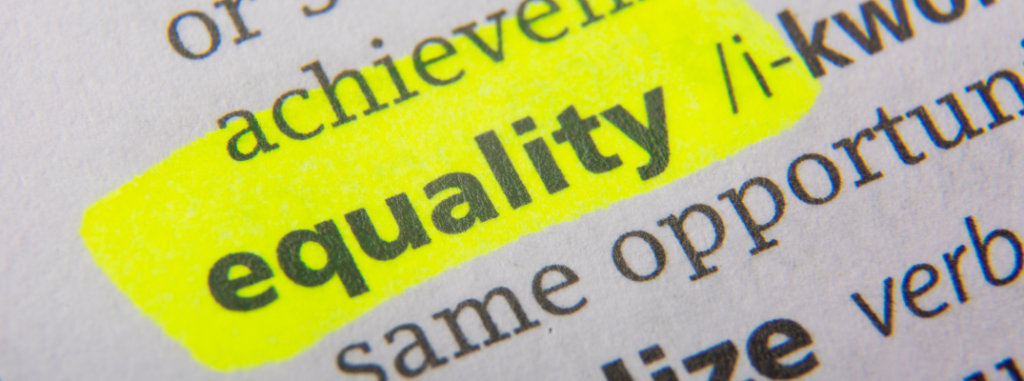Waking up to the news that Pinelopi (Penny) Goldberg had been appointed the Chief Economist of the World Bank on the 27th of April I was ecstatic. Being an economist myself I know that there are few female economists who make it to the top of their careers. Penny will now join the class of top women who have broken through the glass ceiling and made it to the table with the boys. I couldn’t help but wonder what are the odds of other women achieving such a feat, and if Penny would be paid the same amount a male counterpart would get. The Wall Street Journal explored the pay gap between men and women in several US occupations. They found that women earn less than men in 439 of 446 major US occupations. “In the United States, the average woman will earn 78 Cents for every dollar a man earns. Globally, that discrepancy is even worse at only 50 cents to the dollar”. More women take up jobs in the informal sector and are more likely to work part-time, women who get married and have children face even more discrimination than others.

A report by the International Monetary Fund (IMF) – “Women, Work, and the Economy” – points out that gender inequality in the labour market affects the economy. The report suggests that female labour force participation rate (FLFPR) to country-specific male levels would, for instance, raise GDP in the United States by 5%, in Japan by 9%, in the United Arab Emirates by 12%, and in Egypt by 34%. Based on International Labour Organization (ILO) data, it is estimated that of the 865 million women worldwide who have the potential to contribute more fully to their national economies, 812 million live in emerging and developing nations. If this is indeed the case then creating better opportunities for women to earn and control their income could contribute to broader economic development in developing countries.
When women have greater economic powers it has far-reaching effects. Women are more likely than men to invest a large proportion of their household income in the education of their children. This has a spillover effect on the lives of their female children also. The World Banks research suggests that increasing girls’ education is probably one of the best ways to avoid child marriage. Each year of secondary education may reduce the likelihood of marrying as a child or having a first child before the age of 18 by six percentage points on average
The inequality between men and women does not begin at work. The gap between male and females begins from as early as childhood. According to UNESCO, 130 million girls between the age of 6 and 17 are out of school and 15 million of those girls (50% of which are in sub-Saharan Africa will never go to school). Although there are cultural reasons amongst many others that affect a girls’ chance of getting an education, poverty remains the main challenge. According to the World Bank “in Nigeria, only 4% of poor young women in the North West zone can read, compared with 99% of rich young women in the South East. Studies consistently reinforce that girls who face multiple disadvantages — such as low family income, living in remote or underserved locations, disability or belonging to a minority ethnolinguistic group — are farthest behind in terms of access to and completion of education”.
The Gender equality fight is one that must be won, girls who are uneducated or undereducated grow up to be underpaid and lack economic powers. Meanwhile, women who are educated and in the workplace still end up earning less than their male colleagues. Despite evidence that gender inclusion makes economic sense and has the potential to speed up development, the gender gap is not being closed fast enough and girls and women are being left behind. According to the World Economic Forum (WEF), at current rates of progress, it may take another 217 years to close the economic gender gap globally.

